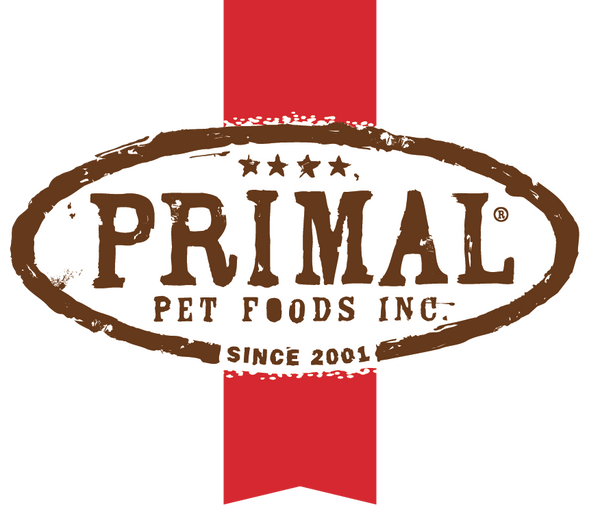
Common Dog Behaviors — and Abnormal Ones!
The things that make our dogs unique are important. Sometimes it’s a special skill they picked up with a little bit of help or a mannerism they’ve had since they were puppies. If you’re a new puppy parent or someone who’s just adopted an older dog, you may still be getting used to what’s normal for your dog. No need to worry – here are some common behaviors in dogs, and some signs you can be on the lookout for if needed.
Panting
Did you know dogs sweat through the pads on their feet? For dogs, panting is a means of regulating their body temperature and helps them expel heat through their mouth. So no need to worry if your pup is panting heavily, especially in the summer or after a long walk. Offer them some water, and know that this is normal.
That being said, dogs also pant to cope with pain or discomfort. If your dog is panting in an abnormal situation, consider giving them a quick once-over and paying close attention to how they respond. If they react negatively (such as flinching or refusing to let you hold a paw), a trip to the vet may be needed.
Chewing & Biting
Dogs, and puppies, in particular, love to chew and nibble. While we humans explore the world with our hands, dogs like to explore with their mouths. Nibbling, biting, chewing, and mouthing are all instinctive behaviors that dogs use to learn about the world around them and communicate with other members of their pack. Puppies need something to chew on to relieve pain as their adult teeth come in. Dogs in general may nip at other dogs or people to communicate discomfort, excitement, or surprise.
Your dog is also physiologically inclined to chew and bite, rip, and shred, to stimulate their animal instincts, expend energy, and simply keep from being bored. Toys and chews are essential to help curb this normal dog behavior.
If your adult dog goes beyond play-biting and exhibits signs of aggression, it poses a risk to you, other people, and other dogs. Biting might mean that your dog feels threatened or is experiencing the need to guard their territory. This display could mean your dog feels like their resources are at risk, or that early training and socialization may have fallen short. Don’t worry though, as these behaviors can be corrected with the help of a trainer.
Finally, if your dog is full grown, and you come home to find your couch cushions or favorite pair of shoes chewed apart, it’s not because they enjoy the taste. Your dog could be exhibiting signs of separation anxiety or anxiety in general, which we’ve detailed in another blog here.
Barking, Howling, & Growling
Many dogs are bred to bark – think of working dogs like livestock herding dogs or guard animals. Barking can be friendly or unfriendly. It may mean your pup is excited and playful or alerting you that something’s wrong. Whether your dog is barking because something weird is going on or as their way to assert dominance, you should expect your dog is going to bark. Howling and growling on the other hand may be their initial response to asking for attention or their way of being cautious when meeting new animals, indicating they’re either feeling playful or sending a warning.
If your dog is barking, howling, or growling in situations out of the ordinary, it may mean that your dog is reacting to something in their surroundings. It could be a high pitch noise troubling them that you can’t hear, a decoration that looks like a decoration to you but a predator to them, or maybe something they’re actually trying to call attention to so you can help.
Sniffing & Licking
Smell is your dog’s primary sense. A good sniffer is a dog’s best pair of eyes. If your dog is curious and poking around with their nose, it’s normal. Sometimes it can get up close and personal with other dogs or even people. Personal space doesn’t mean a whole lot to a dog if it means they can sniff and explore the world to their heart's content.
Sometimes tasting the world comes along with sniffing it. Your dog may lick something to expand their interest and understanding, so licking is also a common dog behavior. Licking is a soothing behavior, so don’t worry if your dog loves to give out the occasional kiss or clean up. Over-licking, however, can indicate discomfort or stress, like if your dog is licking their paws raw. If that’s the case, consider a cone or something else for your dog lick like a bone. See if they stop when the obstacle is removed. If it continues, get in touch with your vet.
Eating Things They Shouldn't
Dogs explore the world with their mouths. It’s totally normal for puppies to eat something they’re not supposed to like shoes or couch cushions because they’re usually teething and naturally curious. It’s important to monitor them and make sure they can’t eat anything off-limits – like your beloved stuffy from childhood or your good ties. This is also to make sure they don’t choke on anything or get sick.
If your adult dog is suddenly eating non-food items though, that’s considered abnormal. Pica, for example, is a condition where dogs crave and eat things that aren’t food like socks, undies, poop, drywall, rocks, etc. It can be caused by anything from nutritional and/or hormonal imbalance to stress. This isn’t the only explanation for why your dog may be exhibiting abnormal behaviors, so please consult with your vet.
Not sure what's common for your dog?
We’re committed to helping you help your dog lead a healthy, social life. By identifying dog behaviors that fall in and out of the norm, you can know what to look for and what to do to take the best care of your dog.
You can expect most dogs to be energetic, playful, and loving. Common dog behaviors depend on your pup’s age, breed, size, and background. Changes in behavior can suggest something is wrong with a dog's health, so if your dog is exhibiting any behaviors outside of the norm, just know there’s a cause and a solution for most!

